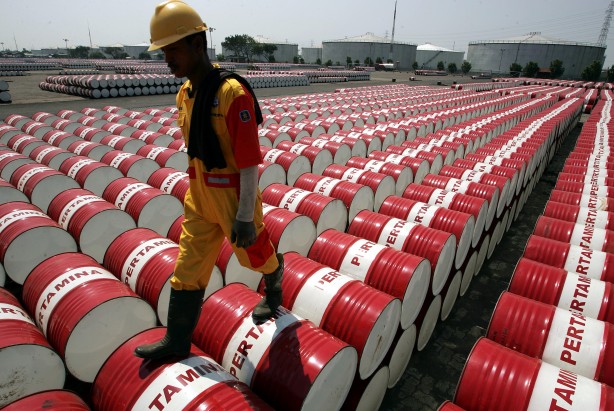Plans include policy proposals in the electricity, transportation, industrial and forestry sectors. Some of these plans are quite ambitious. China and Mexico have set timelines to permanently halt the growth of their emissions. India and Brazil have plans to drastically expand the use of non-fossil fuels. While the first round of plans may not deliver enough action to limit global warming to two degrees centigrade, it signals a fundamental shift in how countries produce and consume energy. Scientists have set two degrees as a benchmark for “safe” levels of warming.
A successful deal in Paris would tie these plans together and create a process for countries to report and update their targets at regular intervals. This would enable the public to track the status of each country’s progress and prompt governments to tighten existing and future targets. This process would boost confidence in implementation despite the absence of penalties for underperformance. Of course, the risk remains that domestic politics in the United States or other key emitters can impede progress down the road.
Agreement is by no means assured and could be derailed by disagreements over financing, namely demands by some developing countries for richer countries to underwrite climate mitigation and adaptation efforts. Progress has already been made with the Organization for Economic Cooperation and Development calculating current climate capital flows from rich to poor countries at $62 billion per year, almost two-thirds of the $100 billion goal by 2020 set in Copenhagen.
The most immediate market impact is in the power sector where a strong agreement will extend and accelerate the shift from coal to alternative power sources including renewables, nuclear and in some cases natural gas. The International Energy Agency estimates that renewable energy will become the largest single power source by 2040 and the share of coal will decline from 41 to 31 percent. This trend is already underway. Last year, more new power plants were built that produce electricity from renewable sources than from all fossil fuel sources combined. As a result, green technology stocks will likely get a boost from Paris.
The impact on oil markets is more nuanced and depends on the pace at which governments ratchet up policies to constrain oil demand and limit the environmental impacts of production Oil prices are unlikely to move significantly on news from Paris since there is no instantaneous lever to reduce demand and current oversupply is drowning out other market signals. Nevertheless, there are long-term effects with policies in place and more on the way that directly target the transportation sector, which consumes half the world’s oil.
Continued improvements in vehicle efficiency and removal of fossil fuel subsidies can moderately reduce demand with the impact growing over time as the vehicle fleet changes. Success in Paris can also inject momentum into global negotiations underway on aviation and marine fuel controls.
Perhaps the most critical variable for oil is how a deal impacts alternative fuels in road transportation. A strong political signal from Paris can boost public and private investment in transportation. A breakthrough on electric vehicle batteries or hydrogen can dramatically disrupt future demand. Consensus forecasts calling for $100 oil after 2020 do not factor in such a breakthrough. That may prove shortsighted. Weaker oil demand as a result of vehicle innovation has the potential to cap long-term oil prices well below these forecasts.
There are also supply side impacts. Regulations that tighten controls on methane, a gas produced alongside oil and flared into the environment, may increase production costs. Meanwhile, growing pressure by environmentalists for companies to strand or abandon risky environmental investments, such as oil sands, deep water and Arctic drilling, can limit supply options and force companies back to onshore assets in politically unstable countries. The recent success of these “stranded asset” campaigns in blocking the Keystone pipeline and contributing to the withdrawal of Shell and Statoil from the Alaskan Arctic has emboldened environmental groups. The portfolios of major international oil companies are the most exposed to stranded asset risk whereby public and legal pressure prevents completion of these projects after significant capital investment has been sunk. Meanwhile, smaller independent companies with tighter budgets are more vulnerable to methane regulations. Both segments would be hurt by lower oil prices.
The bottom line is that global climate action widens the range of risks in the energy sector. Ten years ago, German utilities were seen as stable investments, now they are struggling under the weight of policies pushing renewables and reductions in technology costs. Prudent companies and investors should begin factoring these risks into their oil portfolios now.
More about:
















































